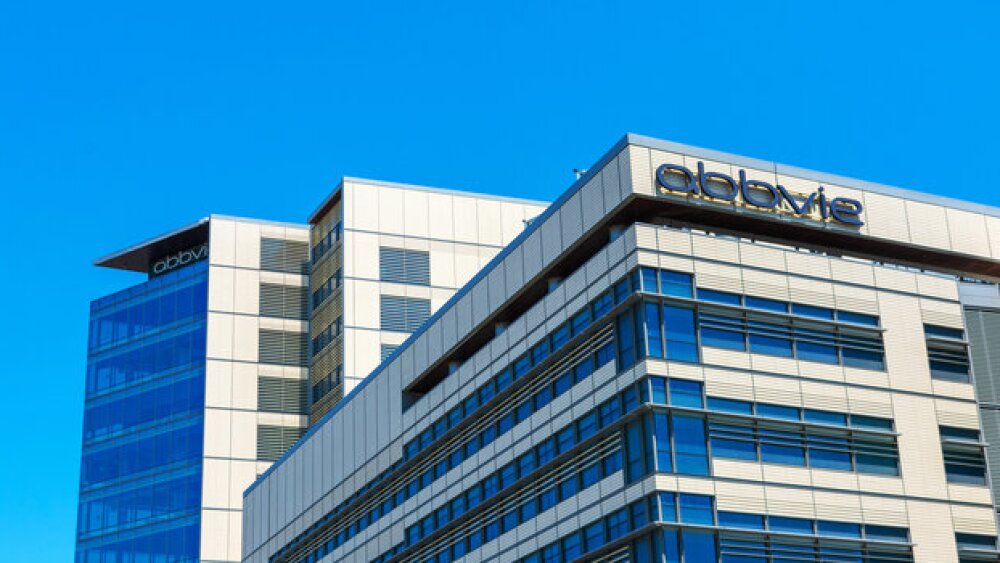Sierra Space announced it has developed a pathfinder spaceflight investigation in collaboration with BioServe Space Technologies and other partners to grow hematopoietic stem cells in microgravity to better help patients on Earth undergoing treatment for blood cancer.
Experiment on its way to the International Space Station National Lab as part of the NG-19 mission
LOUISVILLE, Colo.--(BUSINESS WIRE)-- Sierra Space, a leading, pureplay commercial space company building the first end-to-end business and technology platform in space, today announced it has developed a pathfinder spaceflight investigation in collaboration with BioServe Space Technologies (at the University of Colorado Boulder) and other partners to grow hematopoietic stem cells in microgravity to better help patients on Earth undergoing treatment for blood cancer.
This press release features multimedia. View the full release here: https://www.businesswire.com/news/home/20230802178510/en/

For the in-space experiment, Sierra Space, BioServe and the study team sent stem cell samples from multiple umbilical cord blood donors to look for beneficial differences during the cell growth experiment. (Photo: Business Wire)
The experiment – which is also being designed by researchers from the Mayo Clinic (Jacksonville, Fla.) and ClinImmune (University of Colorado Medical Campus) – is on its way to the International Space Station (ISS) as part of Northrop Grumman’s 19th Commercial Resupply Services mission, which launched Aug. 1 at 8:31 p.m. Eastern. The NG-19 mission includes more than 20 ISS National Lab-sponsored payloads. To learn more about all ISS National Lab-sponsored research on this mission, please visit the ISS National Lab launch page.
Chemotherapy is a common treatment that targets cancer cells, but can also destroy healthy cells in the process, which could lead to life-threatening complications. To avoid this, doctors can take hematopoietic stem cells from a healthy donor’s bone marrow or blood and transplant them into a matched recipient. Hematopoietic stem cells can also be obtained from donated umbilical cord blood, which are closer in nature to embryonic stem cells and offer a lower risk of complication.
However, stem cell transplants require large numbers of cells to be effective, and it is challenging to grow cord blood stem cells to produce enough for effective treatment. When grown on Earth, hematopoietic stem cells normally change into dedicated blood cell lines, which is not optimal for patient recovery.
“Approximately every nine minutes, a family loses a loved one to leukemia, lymphoma or myeloma. If we can mass-produce hematopoietic stem cells by using the unique microgravity environment of space, I think about the transformational impact we will have on patients and their families,” said Sierra Space CEO Tom Vice. “This experiment, to see if we can grow hematopoietic stem cells in space in larger quantities, is a precursor to what Sierra Space one day envisages – orbiting microgravity factories that enable the next breakthroughs in human health care that will have a profound impact on the quality and longevity of millions of people here on Earth. Microgravity, the next foundational tech, will lead to the most amazing Industrial Revolution in history.”
For the in-space experiment, Sierra Space, BioServe and the study team sent stem cell samples from multiple umbilical cord blood donors to look for beneficial differences during the cell growth experiment. The stem cell samples will be frozen at different time points while in orbit and sent back to Earth for analysis.
This pathfinder study is part of a larger project led by BioServe to develop a stem cell expansion bioreactor for use in low-Earth orbit (LEO) for eventual cellular therapeutic manufacturing in-space. Future flight investigations are being planned with the project partners to demonstrate the potential for in-space production.
Sierra Space is developing LEO infrastructure capabilities ─ such as the Dream Chaser spaceplane and the LIFE (Large Integrated Flexible Environment) Habitat ─ that will support commercial, in-space and cellular therapeutic manufacturing.
About Sierra Space
Sierra Space (www.sierraspace.com) is a leading, pureplay commercial space company at the forefront of innovation and the commercialization of space in the Orbital Age™, building an end-to-end business and technology platform in space to benefit life on Earth. With more than 30 years and 500 missions of space flight heritage, the company is enabling the future of space transportation with Dream Chaser®, the world’s only commercial spaceplane, and is bringing LIFE™ to low-Earth orbit with its modular, three-story commercial habitation and science platform. Both Dream Chaser and LIFE are central components to Orbital Reef, a mixed-use business park in LEO being developed by principal partners Sierra Space and Blue Origin, which is expected to be operational by the end of the decade. Sierra Space also builds and delivers a host of systems and subsystems across solar power, mechanics and motion control, environmental control, life support, propulsion and thermal control, offering myriad space-as-a-service solutions for the new space economy.
About BioServe Space Technologies
BioServe Space Technologies is a Center within the Ann and HJ Smead Aerospace Engineering Sciences department at the University of Colorado Boulder. Since its inception in 1987, BioServe has designed, built, and flown microgravity life science research experiments and hardware on over 60 spaceflight missions. BioServe has a full suite of spaceflight-certified hardware available for use by its customers and partners. Past partners include pharmaceutical and biotechnology companies, Universities, NIH, NASA-funded and other government agency researchers. BioServe is a full-service, turn-key organization that enables its customers and partners to focus solely on research while BioServe manages all other activities required to successfully fly experiments in microgravity.
About the International Space Station (ISS) National Laboratory
The International Space Station (ISS) is a one-of-a-kind laboratory that enables research and technology development not possible on Earth. As a public service enterprise, the ISS National Lab allows researchers to leverage this multiuser facility to improve life on Earth, mature space-based business models, advance science literacy in the future workforce, and expand a sustainable and scalable market in low Earth orbit. Through this orbiting national laboratory, research resources on the space station are available to support non-NASA science, technology and education initiatives from U.S. government agencies, academic institutions, and the private sector. The Center for the Advancement of Science in Space (CASIS), Inc. manages the ISS National Lab, under Cooperative Agreement with NASA, facilitating access to its permanent microgravity research environment, a powerful vantage point in low Earth orbit, and the extreme and varied conditions of space. To learn more about the ISS National Lab, visit our webpage.
View source version on businesswire.com: https://www.businesswire.com/news/home/20230802178510/en/
Contacts
Alex Walker
Sierra Space
(303) 803-2297
alex.walker@sierraspace.com
Lauren Quesada
Griffin Communications Group
(281) 744-7938
Lauren@GriffinCG.com
Patrick O’Neill
ISS National Laboratory
(904) 806-0035
PONeill@ISSNationalLab.org
Source: Sierra Space
For the in-space experiment, Sierra Space, BioServe and the study team sent stem cell samples from multiple umbilical cord blood donors to look for beneficial differences during the cell growth experiment. (Photo: Business Wire)
View this news release and multimedia online at:
http://www.businesswire.com/news/home/20230802178510/en







